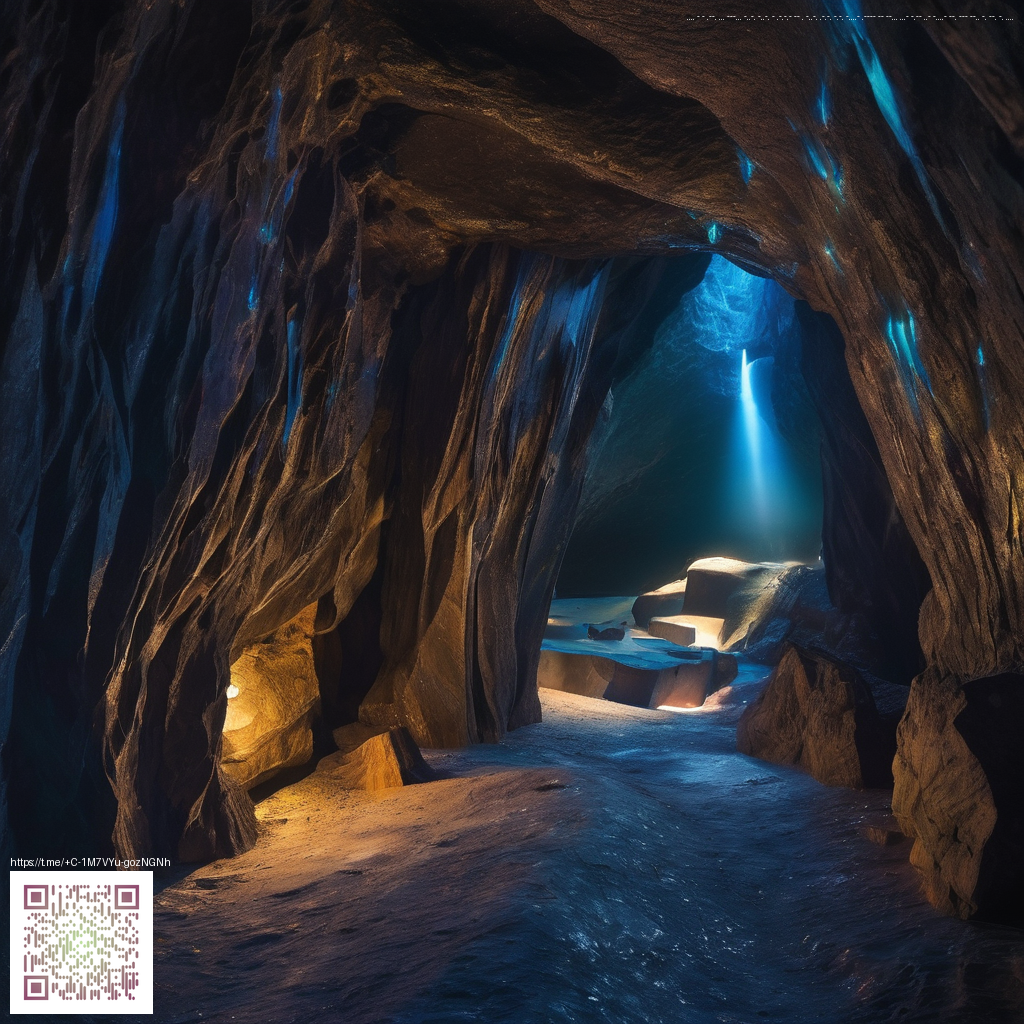
Understanding the Aims of Minecraft Performance Optimization 🧠⚡
Minecraft runs on a surprisingly broad range of hardware, yet the experience hinges on one simple metric: frames per second (FPS). When FPS is high and stable, you’ll enjoy smooth movement, snappy mining, and responsive combat. When it dips, even small stutters can derail your timing in PvP battles or make long builds feel exhausting. The goal isn’t to chase the highest possible FPS in every situation, but to maintain a consistent, playable cadence that keeps you immersed in the world. In practice, this means balancing your settings, your hardware, and how you design your world. 🚀🎮
“Performance is not just about raw power; it’s about predictable, steady responsiveness that keeps you in the flow.”
Where to Start: Core Settings for a Quick Win 🛠️
Many players see immediate gains by tweaking a handful of options. Start with these, then judge how it affects your gameplay:
- Render Distance: Reducing this from the default can dramatically drop GPU load. Test at 8–12 chunks and step up if you’re streaming or building large bases.
- Graphics Quality and Smooth Lighting: Switch from Fancy to Fast, and disable smooth lighting for a noticeable FPS lift in most scenarios.
- V-Sync and Frame Capping: If you’re chasing a stable 60 FPS, consider enabling V-Sync or using a frame cap that matches your monitor’s refresh rate to avoid tearing.
- Particle Effects and Clouds: Dimming particles and removing clouds can shave off GPU work without changing your core experience.
- Animations and Entity Shadows: Disable or reduce these to cut overhead during busy moments like large redstone displays or dense villages.
- Mods and OptiClear Paths: For Java Edition, OptiFine remains a reliable, widely supported option to unlock extra FPS by giving you granular control over textures, shaders, and rendering. If you’re on newer hardware or prefer a Fabric setup, Sodium and Phosphor are excellent alternatives that emphasize core performance.
Hardware Health: It’s Not Just About the GPU 🧭
While clever settings help, underlying hardware matters. A balanced system with a capable CPU, enough RAM, and fast storage will handle Minecraft far more gracefully. Here are practical checks to consider:
- RAM Allocation: In the launcher, allocate a sensible amount of RAM—enough for the game but not so much that Windows or background apps starve. For many modern rigs, 4–6 GB for vanilla, up to 8 GB or more if you’re heavily modded, is a good target.
- Storage Speed: An SSD reduces world-loading pauses and chunk generation hiccups, especially on larger modded worlds.
- Thermals: Keep your CPU/GPU temps reasonable. Thermal throttling is a silent FPS killer, and a cooling upgrade or improved airflow can yield steadier performance.
- Drivers and Updates: Update your graphics drivers and Java (if you’re on Java Edition) to ensure you benefit from the latest optimizations.
Mods, Tools, and the Fine Art of Tuning ⚙️
Mods can be a double-edged sword: they may boost visuals or create new performance demands. A thoughtful approach works best:
- OptiFine provides deep control over rendering options and can dramatically increase FPS on many systems. It’s especially popular for players who want to push speeds while keeping a crisp, sharp look.
- Sodium and Phosphor (Fabric) optimize the renderer and lighting; they’re invaluable for systems where GLSL shaders feel heavy but you still crave enhanced visuals.
- Be mindful of load order and configuration. Start with a minimal set of performance-oriented mods, test, then gradually add features like better lighting or shader packs if you have headroom.
World Design and the Practical Realities of FPS 🗺️
Beyond settings and hardware, the way you build and explore matters. A few practical habits can keep frames steady even when you’re far from spawn:
- Chunk Loading Patterns: Build in a way that minimizes abrupt chunk loading, such as avoiding sprawling, densely populated areas far from your base.
- Redstone and Farms: Complex redstone builds can cause micro-stutters. If you rely on large farms, consider chunkloading optimizations or staggered activity to smooth out the frame pace.
- Biomes and Lighting: Large biome transitions and dark caves can be taxing. Lighting at a controlled palette (where possible) helps the engine optimize.
Real-World Benchmarks: Reading the Canvas of FPS 📈
In practice, players notice movement feels more fluid and combat feels more responsive when FPS stays within a 50–60 FPS corridor, especially on larger worlds with dense builds. If you’re playing on a notebook or a mid-range desktop, your target may be 40–60 FPS in most scenes, with occasional dips during heavy biome transitions or in crowded multiplayer lobbies. By measuring before and after tweaks—render distance, visual settings, and mod choice—you’ll discover a sweet spot where visuals still feel crisp but performance remains consistent. 🧪
Integrating Everyday Tech: A Gentle Nudge to Your Gear 🧰
While you tune Minecraft for optimal frames, you might also be thinking about how everyday tech supports your gaming lifestyle. For instance, this Phone Case with Card Holder MagSafe Gloss Matte can keep your mobile setup secure during quick training runs, server checks, or companion browsing in-game guides. It’s the kind of practical accessory that keeps you productive when you’re on the go. And if you’re curious about where this guide lives, you can always revisit the main hub at https://rusty-articles.zero-static.xyz/index.html. 💡🔗
Takeaways: A Balanced, Playable Experience
Optimization is a dance between settings, hardware, and how you interact with the game world. Begin with a few high-impact changes—lower render distance, switch to Fast graphics, and evaluate whether you benefit from a performance-focused mod like OptiFine. Keep an eye on thermals and ensure your system isn’t bottlenecking elsewhere. And remember, performance isn’t a single magic lever; it’s a thoughtful combination of tweaks that keep your adventures fluid and immersive. 🚀🧭